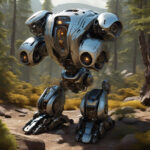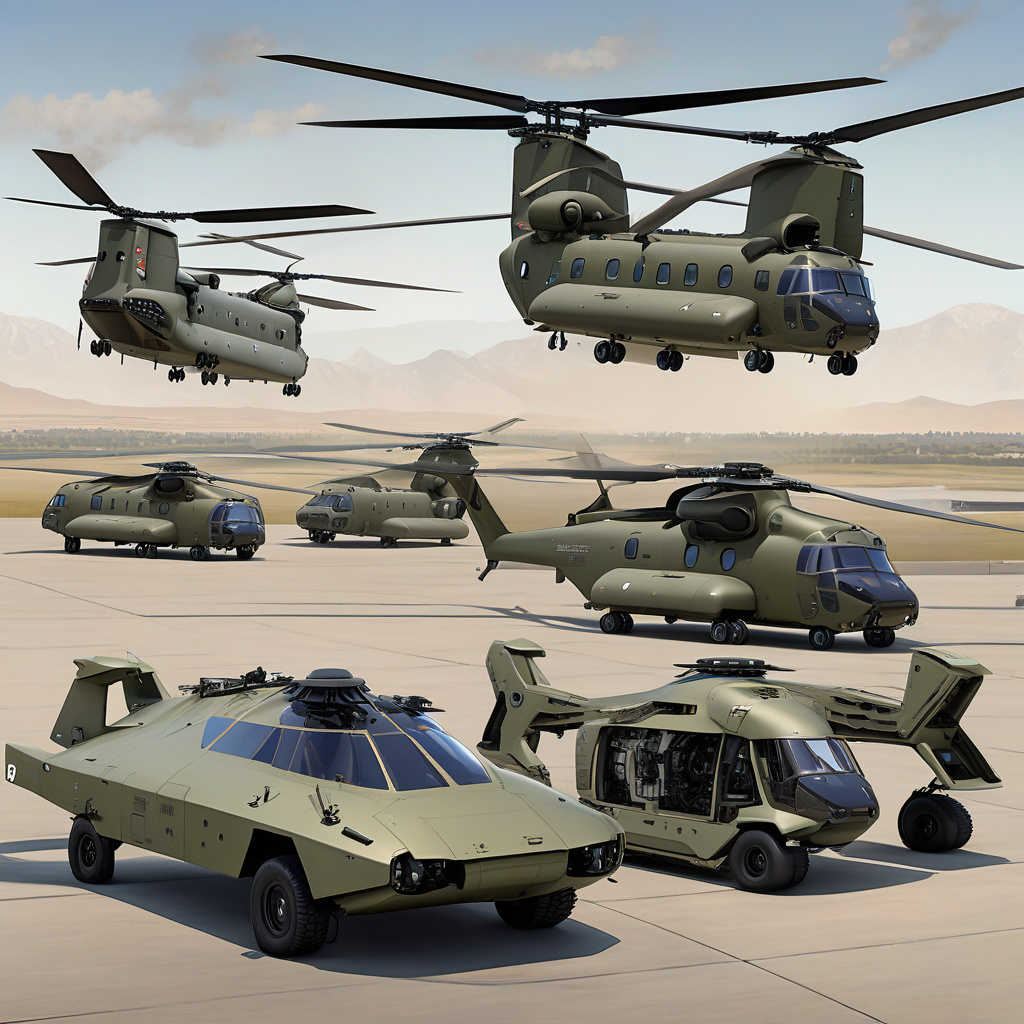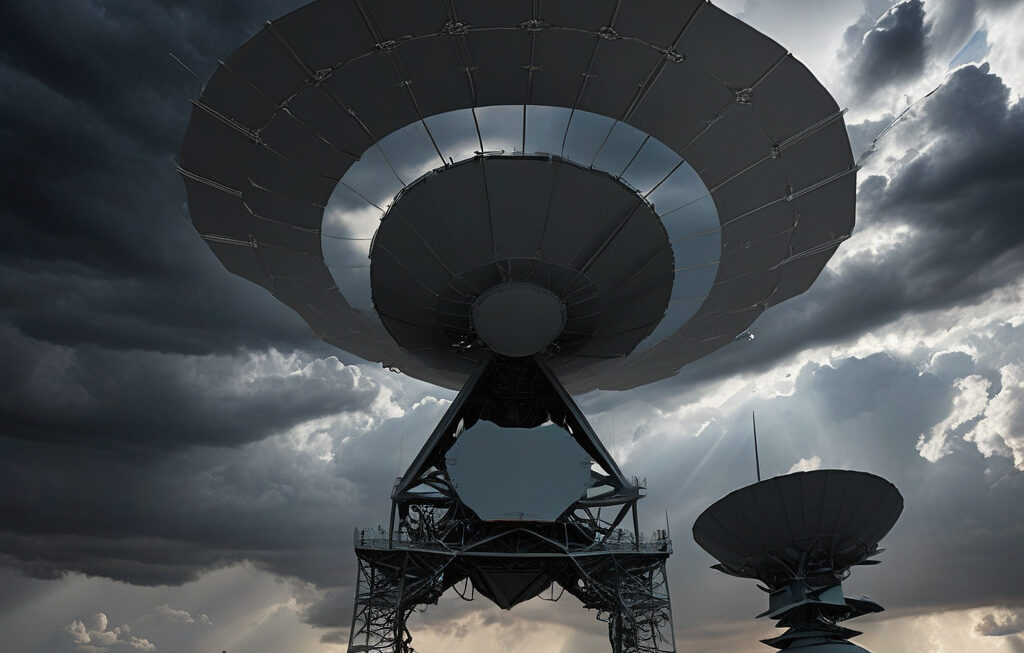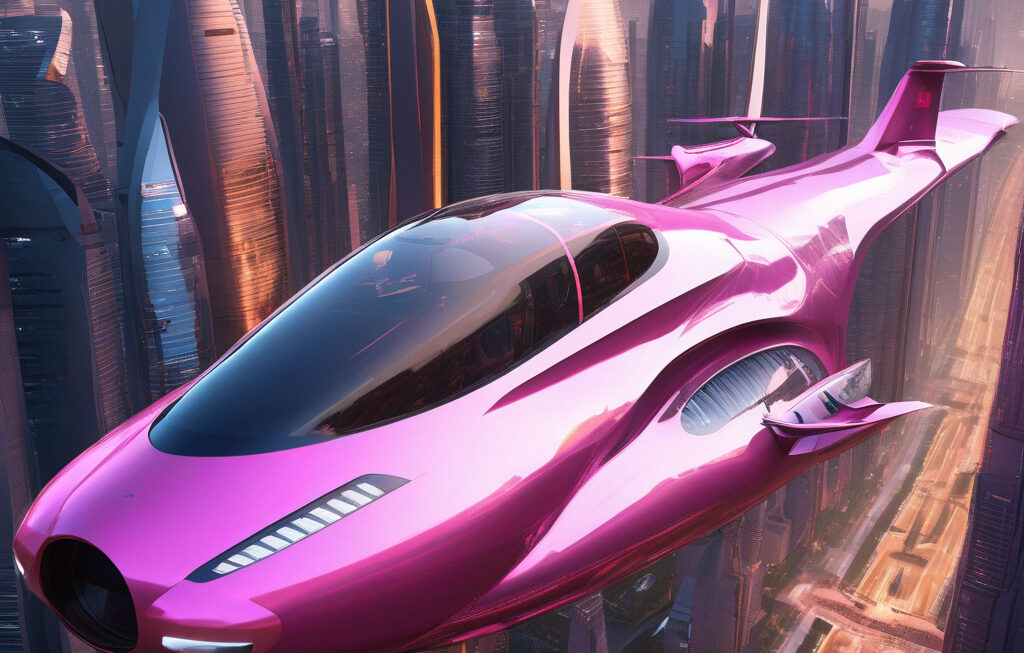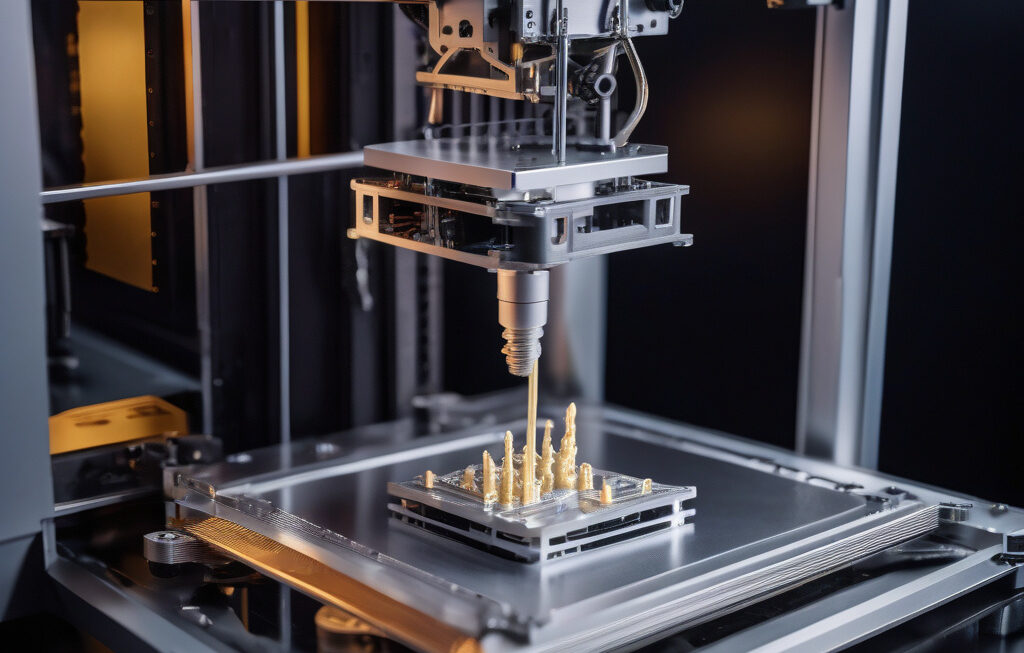Boeing Revolutionizes Aviation: Transforming Chinook Helicopters into Autonomous Flying Machines
Boeing is bringing autonomy to one of the world’s most proven and enduring heavy-lift helicopters, the Chinook. This iconic aircraft, known for its versatility and strength, is undergoing a remarkable transformation into a cutting-edge autonomous system that will redefine the future of aviation. By integrating advanced technologies and robotics, Boeing is paving the way for a new era of flight that promises increased efficiency, safety, and performance.
The decision to upgrade the Chinook helicopter into a sophisticated autonomous system is a testament to Boeing’s commitment to innovation and leadership in the aerospace industry. With decades of expertise in aviation and a deep understanding of customer needs, Boeing is not only modernizing the Chinook but also setting new standards for unmanned aerial vehicles (UAVs) in the decades to come.
One of the key advantages of autonomous Chinook helicopters is their ability to operate in challenging environments without risking human lives. These robotic flying machines can be deployed for a wide range of missions, including search and rescue operations, cargo transport, firefighting, and military applications. By removing the need for onboard pilots, autonomous Chinooks can access hard-to-reach locations and withstand hazardous conditions with greater ease and precision.
In addition to enhancing operational capabilities, autonomous Chinook helicopters offer significant cost savings for operators. With autonomous systems in place, maintenance and operational expenses are reduced, while productivity and mission readiness are increased. This cost-effective solution makes autonomous Chinooks an attractive option for both civilian and military organizations looking to optimize their aviation fleets.
Furthermore, the integration of advanced technologies into the Chinook helicopter demonstrates Boeing’s dedication to sustainability and environmental responsibility. By improving fuel efficiency, reducing emissions, and minimizing operational waste, autonomous Chinooks contribute to a greener and more eco-friendly aviation industry. In an era where climate change and environmental impact are key concerns, Boeing’s initiative to develop autonomous flying machines aligns with the global push for sustainable practices in all sectors.
As Boeing propels the Chinook helicopter into the realm of autonomy, the possibilities for future applications and advancements are limitless. From urban air mobility to autonomous cargo delivery, the technology developed for autonomous Chinooks has the potential to revolutionize various aspects of aviation and transportation. By leveraging the power of artificial intelligence, robotics, and data analytics, Boeing is shaping a future where autonomous flying machines are not just a novelty but a necessity.
In conclusion, Boeing’s transformation of the legendary Chinook helicopter into autonomous robots built to fly through the 2060s marks a significant milestone in the evolution of aviation. With a focus on innovation, safety, efficiency, and sustainability, Boeing is leading the way in shaping the future of autonomous flight. As autonomous Chinooks take to the skies, they embody the spirit of progress and possibility, showcasing the endless opportunities that technology can unlock in the world of aviation.
Boeing, Chinook, Autonomous, Aviation, Innovation



